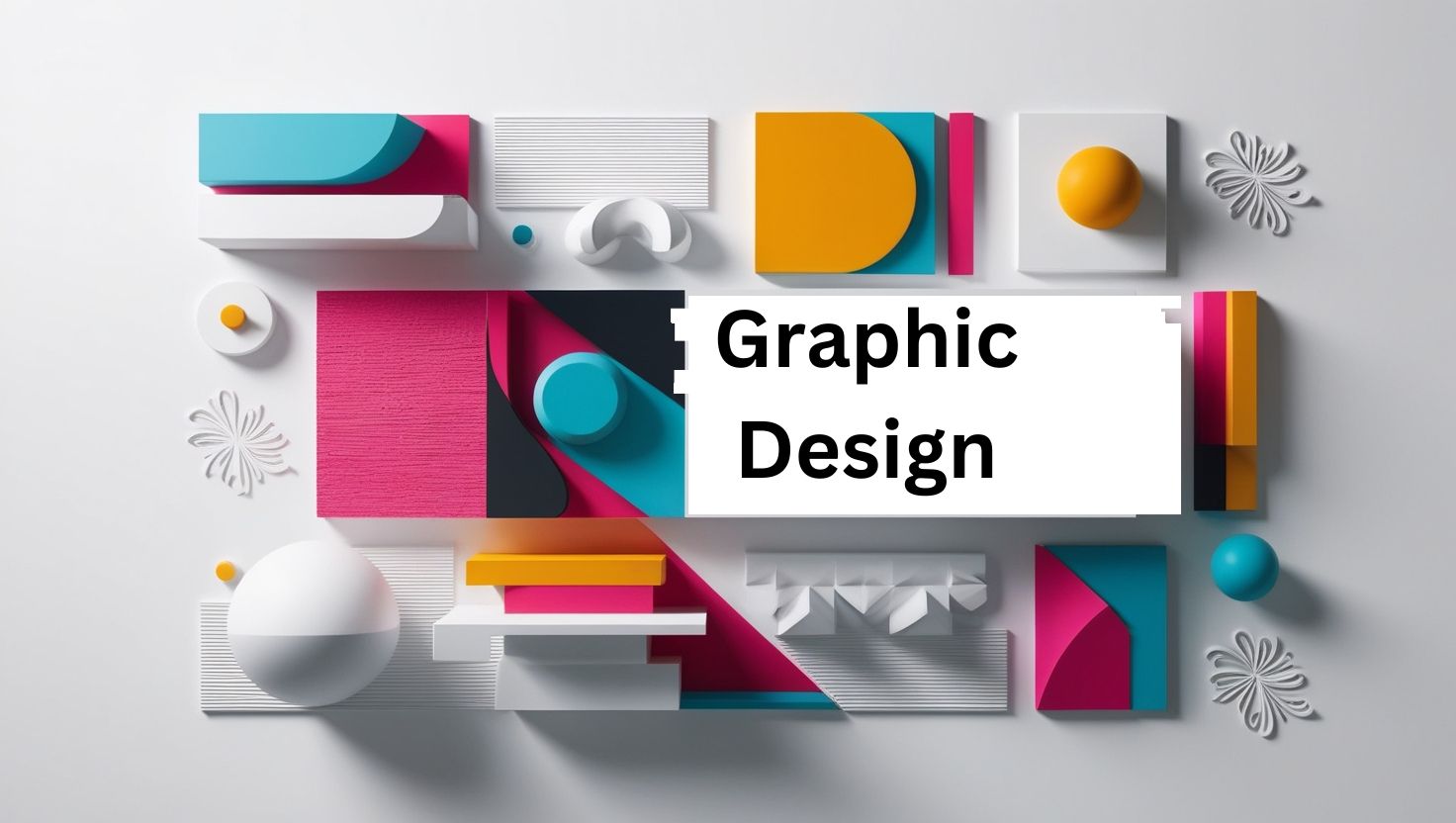Table of Contents
Hey there, graphic design enthusiasts! Today, we’re diving into the colorful world of graphic design where pixels meet creativity and magic happens. Whether you’re a newbie designer or just someone curious about the secrets behind those eye-catching visuals, buckle up because we’re about to explore some basic graphic design principles that will make your creations pop!
1.Balance is Key
Imagine a seesaw in a playground — graphic design is all about finding that perfect balance. You don’t want your design to feel lopsided or heavy on one side. Whether it’s symmetrical or asymmetrical balance, make sure your elements play nice together.
Symmetrical balance is like a mirror image. It’s great for creating a sense of stability and formality. Think of it like folding a paper in half — whatever you put on one side, you put on the other.

Asymmetrical balance, on the other hand, is more dynamic and exciting. It involves different elements of varying size, color, or texture that balance each other out. It’s like a dance where partners complement each other’s moves.

2. Color Your World

Different colors evoke different emotions. Red is fiery and passionate, blue is calming and trustworthy, while yellow is bright and cheerful. Understanding color psychology can help you choose the right color palette for your graphic design.
Ah, colors! They can make or break a design. Think of them as your design’s personality. Play around with contrasting colors to create visual interest or stick to a monochromatic scheme for a sleek look. Just remember, less is often more!
Experiment with color harmonies like complementary (opposite colors on the color wheel), analogous (neighbors on the color wheel), or triadic (three colors evenly spaced on the color wheel) to create visually pleasing combinations.
3. Typography Talks Louder Than Words

Fonts aren’t just letters; they’re storytellers. Choose fonts that reflect the mood you want to convey. Mix and match different typefaces for hierarchy, but don’t go overboard. Too many fonts can turn your design into a typography jungle!
Consider the readability of your chosen fonts. Some fonts are great for headlines but not so much for body text. Pair a bold, attention-grabbing font with a simpler, easy-to-read one to create contrast and hierarchy in your design.
Don’t forget about kerning (adjusting the spacing between characters), leading (spacing between lines of text), and tracking (overall spacing between groups of letters) to ensure your text is visually appealing and easy to read.
4. Whitespace: The Unsung Hero

Don’t underestimate the power of whitespace. It’s like a breath of fresh air for your design. Give your elements room to breathe, and watch how whitespace can enhance readability and overall aesthetic appeal of graphic design.
Whitespace doesn’t have to be white — it can be any empty space in your design. It helps guide the viewer’s eye, create visual hierarchy, and prevent your design from feeling cluttered. Embrace the whitespace!
Incorporate whitespace between elements like text blocks, images, and buttons to create a sense of balance and harmony in your design. Remember, sometimes what you leave out is just as important as what you include.
5. Alignment: Get in Line

Ever heard of the phrase “get your ducks in a row”? Well, in design, it’s all about getting your elements aligned. Whether it’s left, right, center, or justified, alignment brings order and structure to your design.
Consistent alignment creates a sense of unity and professionalism in your design. It helps guide the viewer’s eye and makes your design look intentional and polished. Think of alignment as the glue that holds your design together.
Experiment with different alignment options to see what works best for your design. Just remember, once you choose an alignment style, stick with it throughout your design to maintain visual consistency.
6. Images Speak Volumes

A picture is worth a thousand words, right? When choosing images for your design, make sure they complement your message. Pay attention to resolution, composition, and relevance. Remember, quality over quantity!
Images can evoke emotions, tell stories, and capture attention in ways that text alone can’t. Choose images that support your design’s message and enhance its overall impact. Whether you’re using photographs, illustrations, or icons, make sure they align with your design’s style and tone.
Consider the placement of your images within your design. Whether they’re serving as focal points, background elements, or supporting visuals, their placement can greatly influence how they’re perceived by your audience.
7. Consistency is Queen
Consistency ties everything together like a neat little bow. From colors to fonts to spacing, keeping a consistent design language across your project is key to creating a polished and professional look.
Consistency breeds familiarity and helps establish your brand identity. Whether it’s using a consistent color palette, sticking to a set of brand fonts, or maintaining uniform spacing throughout your design, consistency is key to building a cohesive visual identity.
Create design guidelines or style guides to ensure consistency across all your design projects. These guidelines can include specifications for colors, fonts, spacing, and other design elements to help maintain a unified look and feel.
So, there you have it — a deep dive into the world of graphic design principles. Remember, these fundamentals are just the tip of the design iceberg, but they’ll set you on the right path to creating visually stunning and effective designs. Now, go forth and design with confidence and flair!
Until next time, keep creating and designing your heart out!

